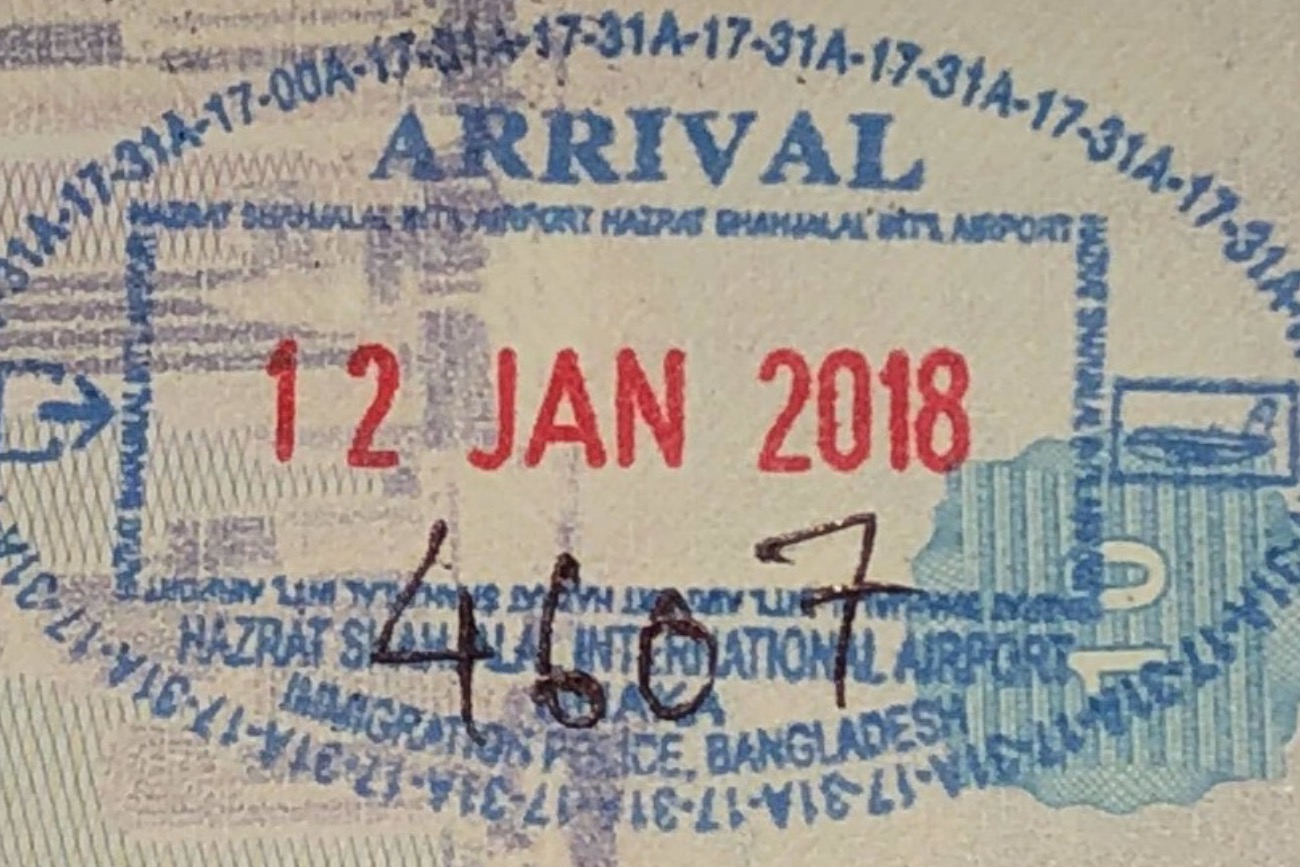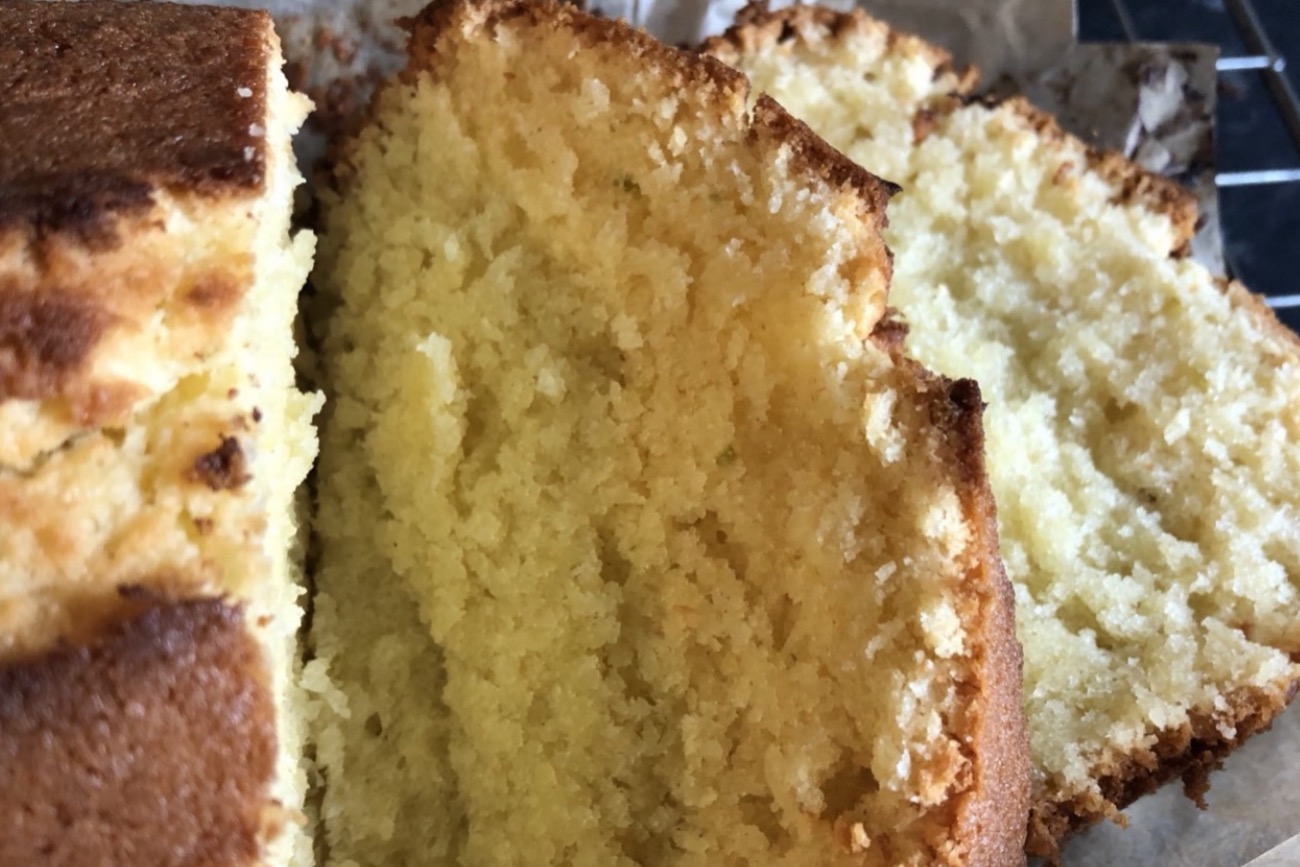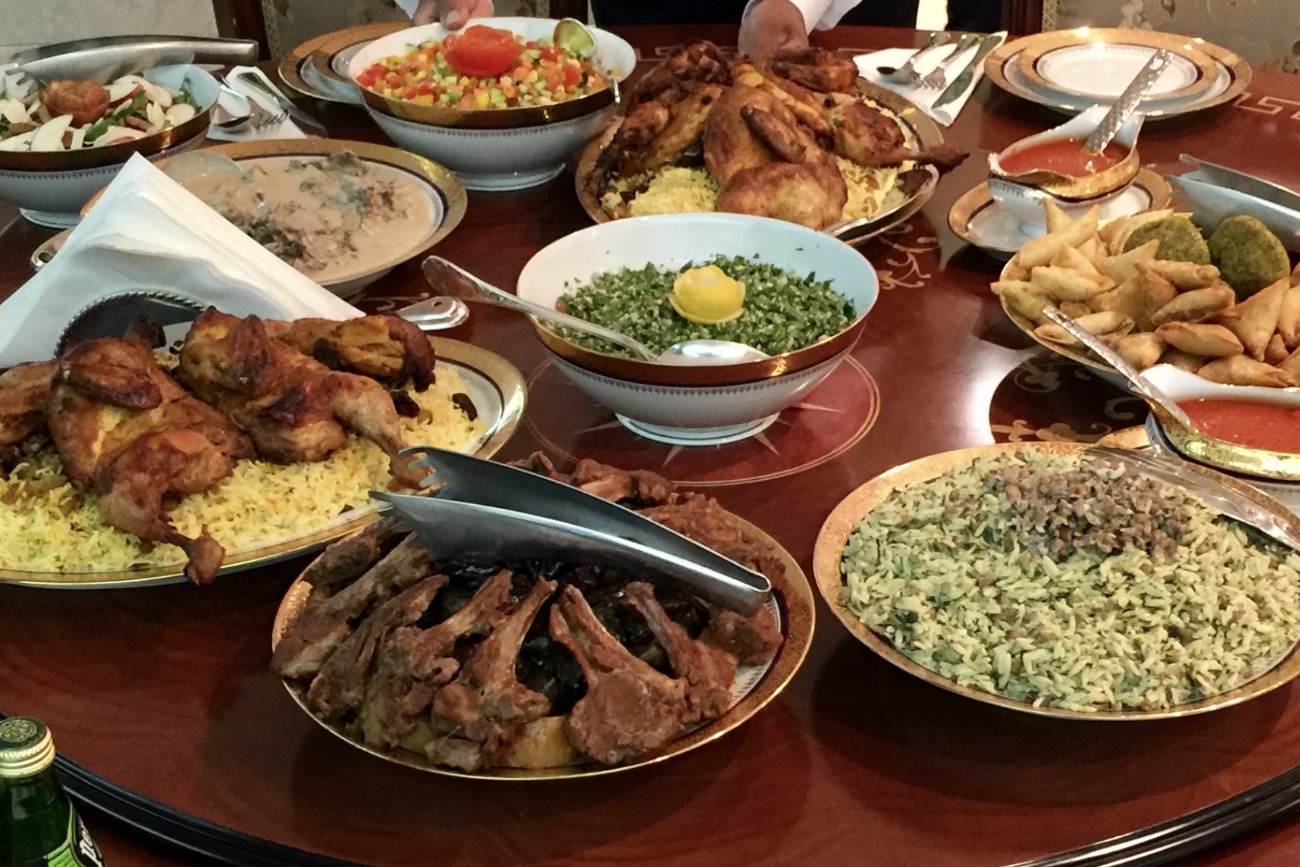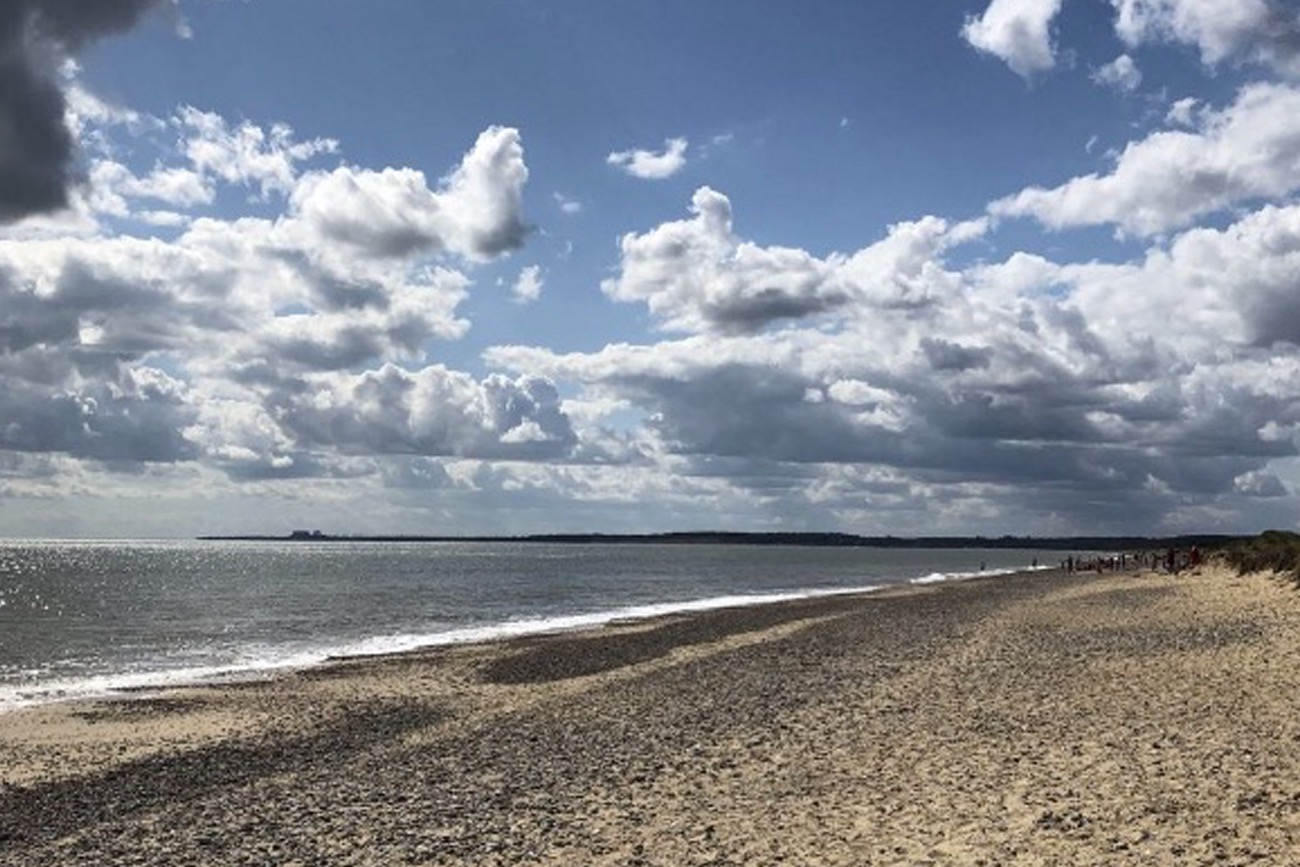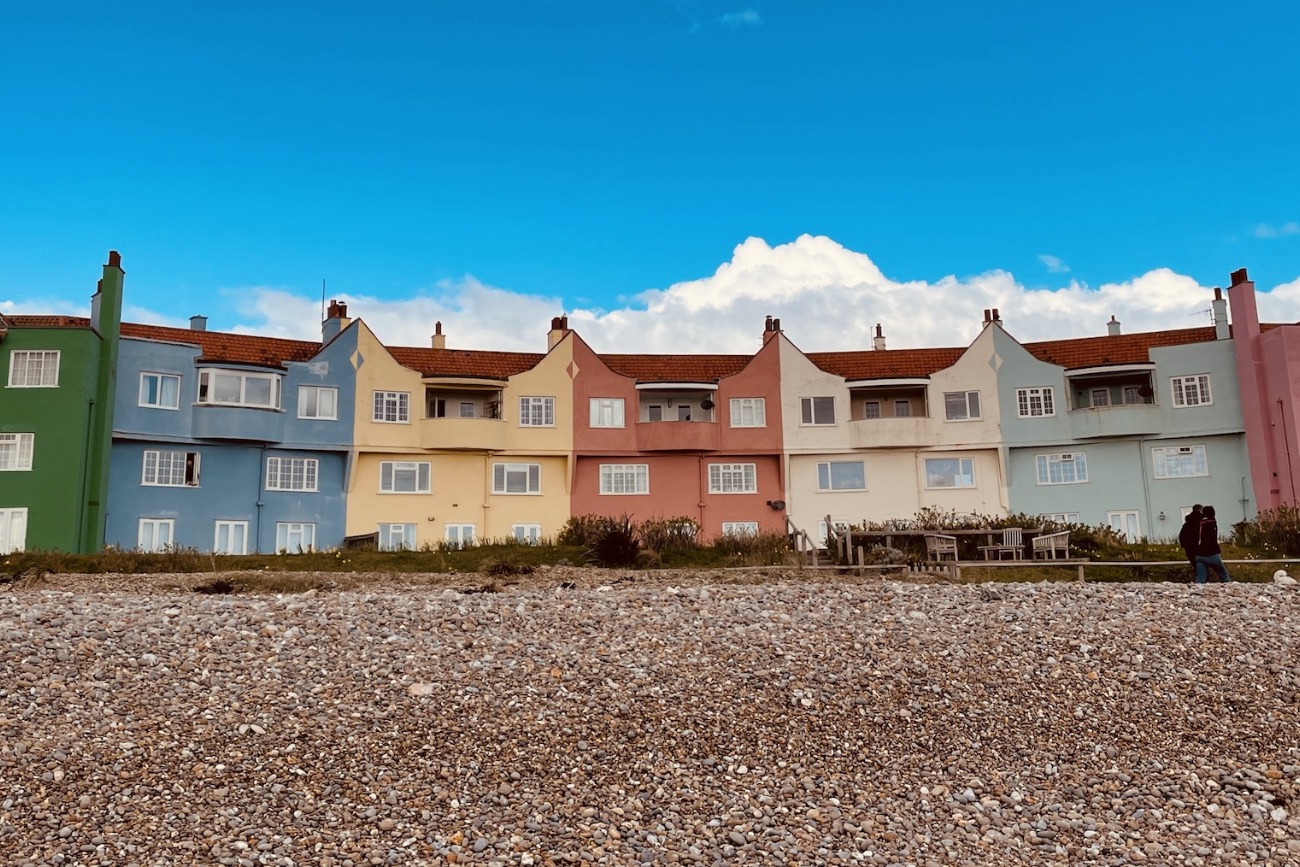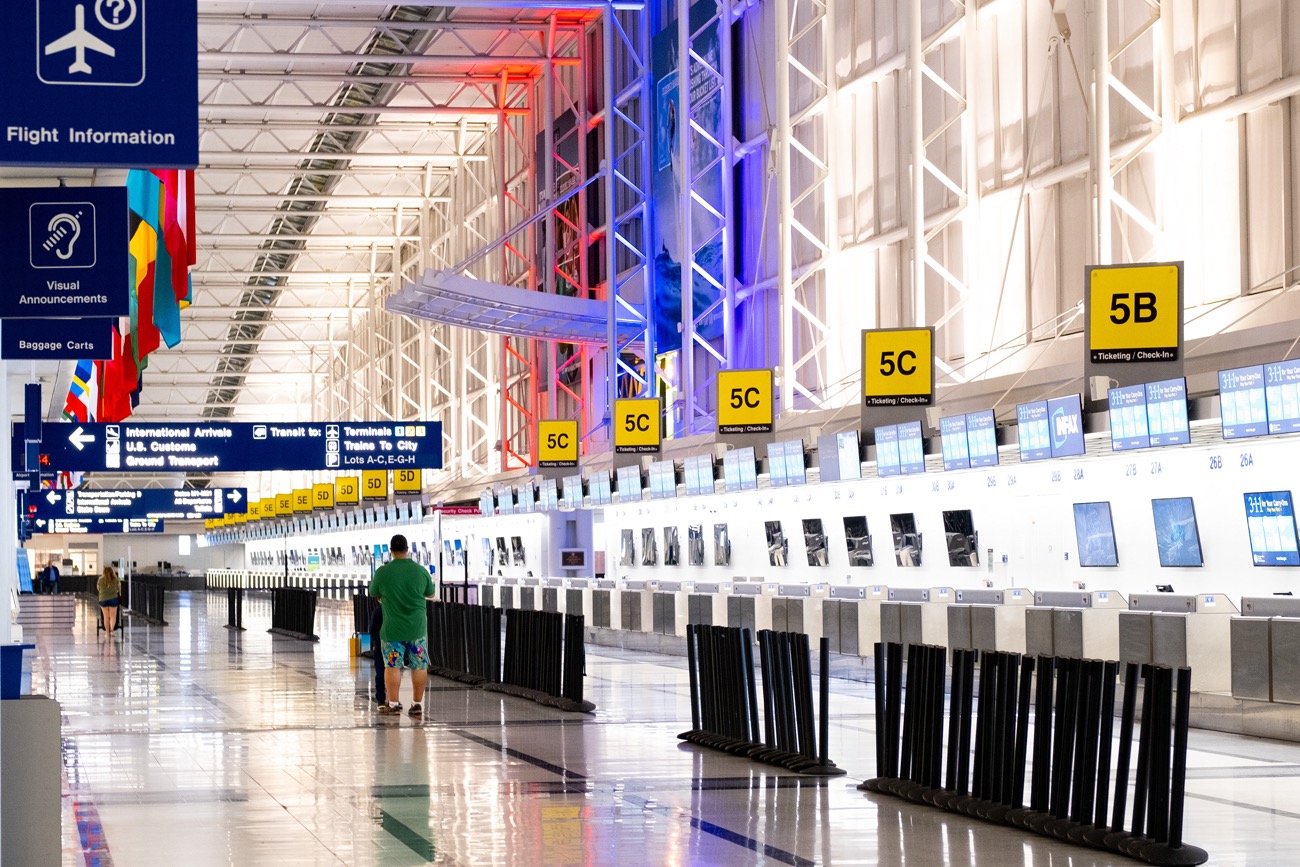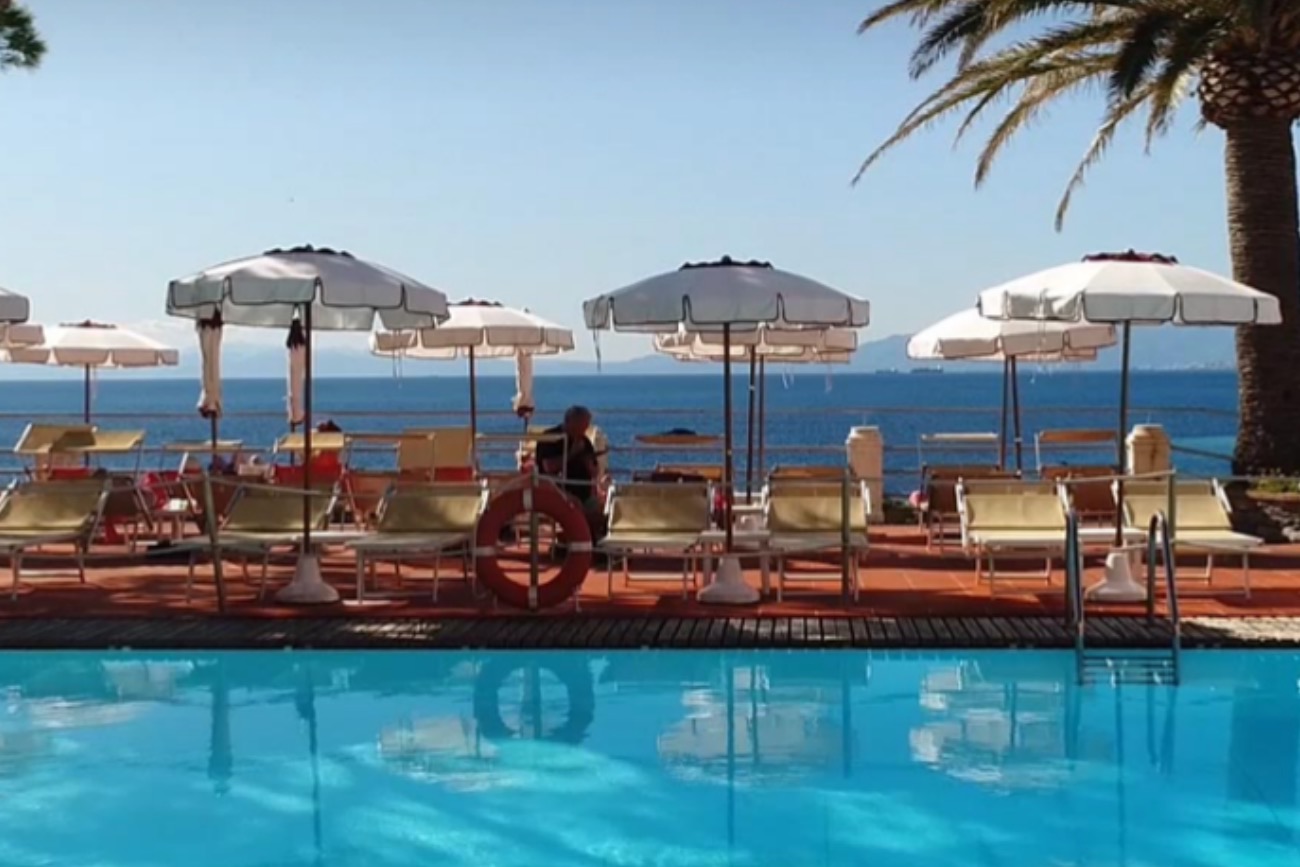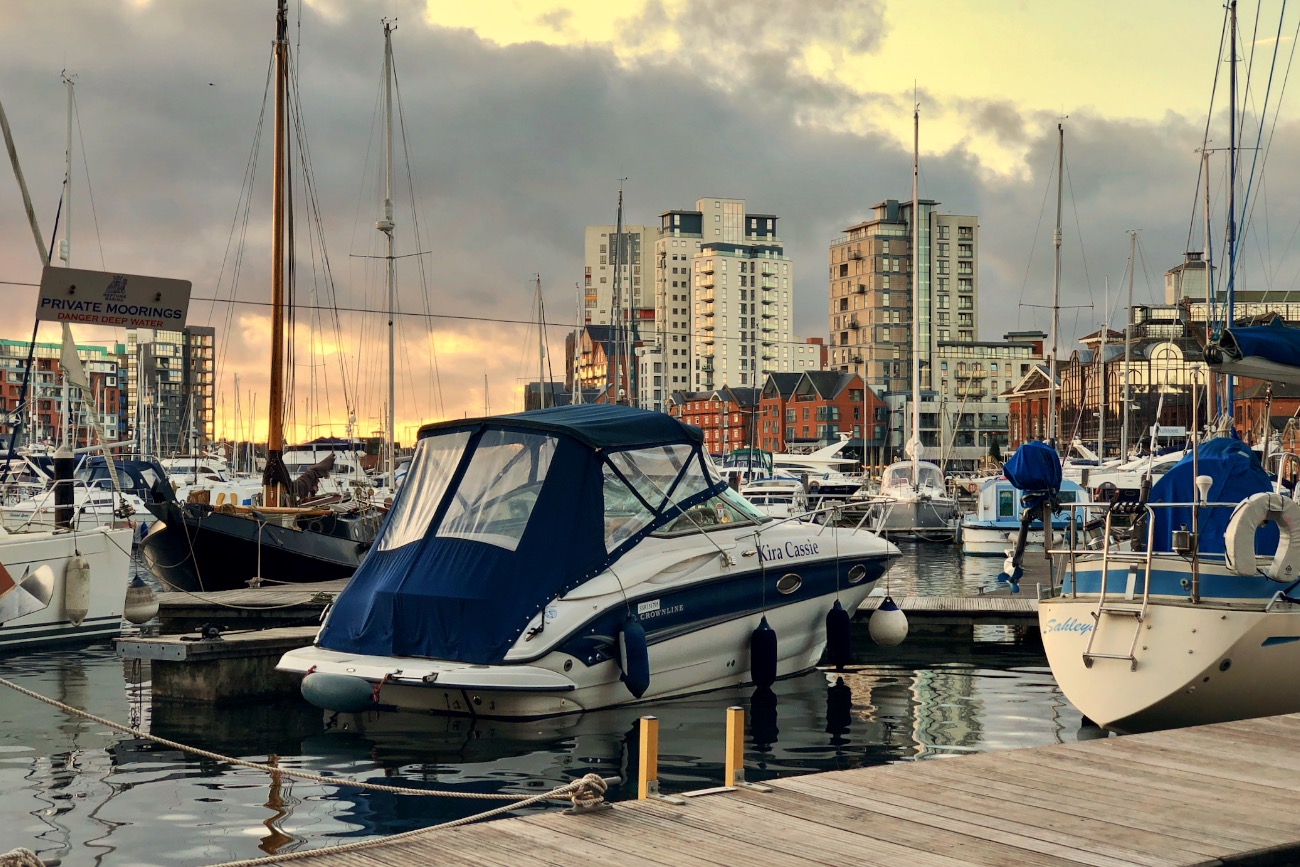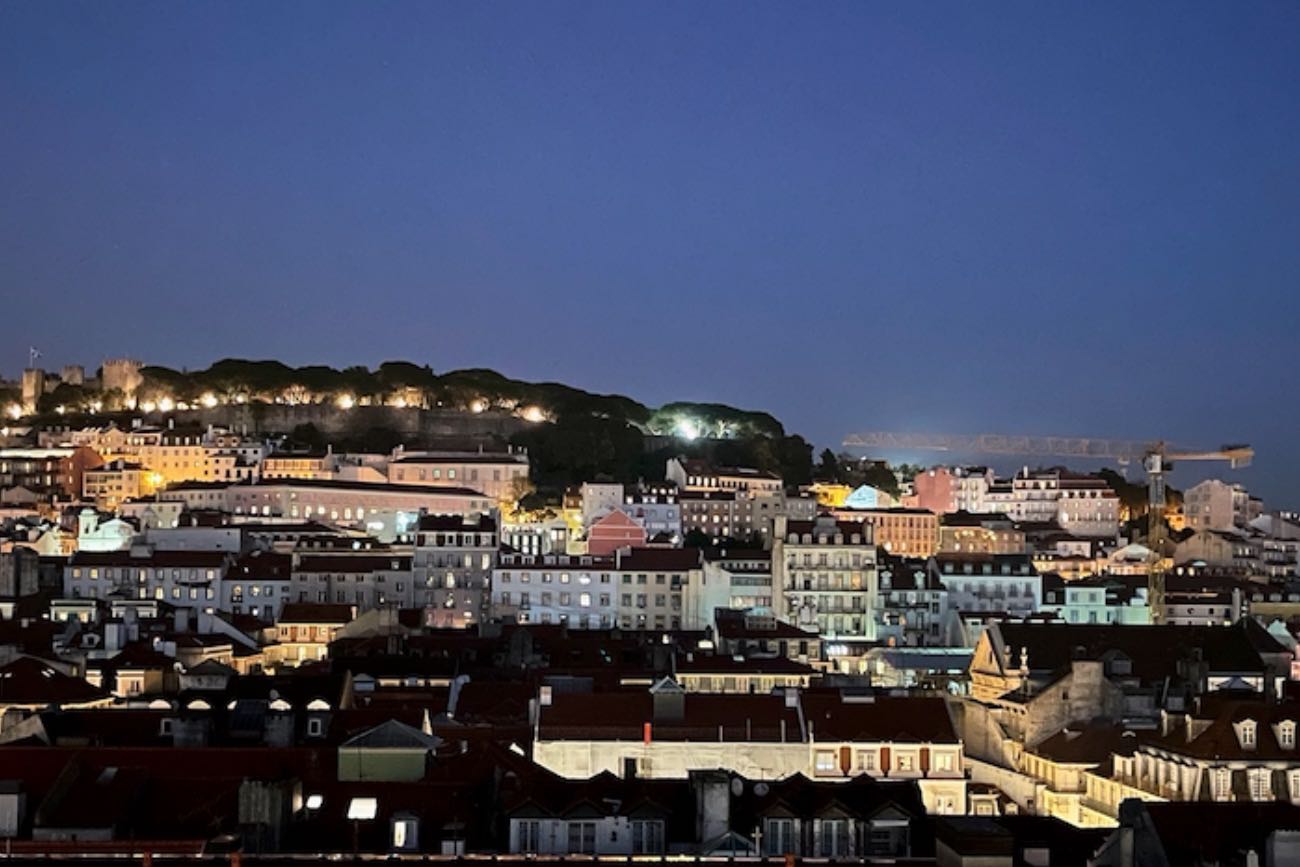We were on the hunt for birds of prey. Don’t worry, we were just ‘hunting’ for a long established Falconry, where we’d booked an experience day, where we would get up close to these wonderful creatures. After a two hour drive from our base in Suffok, we finally turned off the main road and headed down a country lane toward the small village of Wisbech St Mary, a short drive from Kings Lynn and Wisbech.
Suddenly we spotted a tiny sign pointing us to Fens Falconry and we turned off onto what appeared to be a residential drive running alongside a low bungalow.
As we parked the car beside what appeared to be a building site, a young man approached and greeted us, apologising for the ongoing works which are part of a major expansion and facelift of the site.
After a quick trip to the bathroom and a quick pacing lunch in the car, we dipped the soles of our boots into a shallow trough of disinfectant (bird flu precautions) and entered the main falconry area beyond the new buildings that were slowing taking shape.
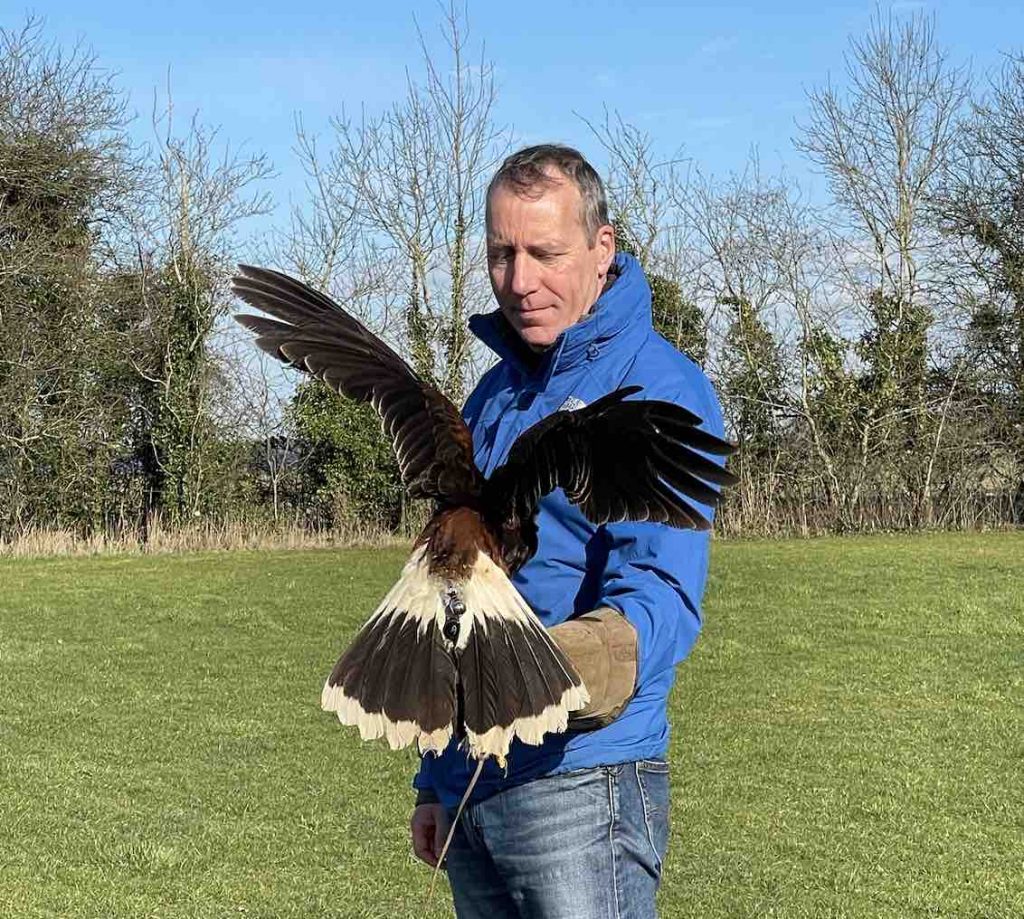
We were met by Belle, another young worker (know as Falconers) who gave us an overview of what we’d be doing during our visit. First we’d be introduced to some of the raptors, most of which were sitting on perches inside their open-fronted aviaries, copiously peering out at their latest visitors. Other birds of various sizes were perched out in the open on upturned logs and stumps in a grassy area to our right. This was the ‘weathering’ area, where the birds get used to being outside ready to give flying demonstrations or to be handled. After familiarising ourselves with our new featured-friends, we would get to fly some ourselves, and then handle some of the others. After a quick safety talk, Belle walked us along a path in front of a terrace of aviaries. Each open fronted pen housed a different, magnificent bird of prey. Our host and guide described the characteristics of each bird, their habitat, country of origin and in some cases their history of life in the falconry. We met a range of birds of all shapes and sizes, colours and personalities including Buzzards, Hawks, Falcons and Kites. We then marvelled as Belle fed a Kookaburra before moving on to the owls. The owls were resting and sadly we wouldn’t get to handle of fly them. They were to take part in an evening Owl display later that day, so needed to rest and build their strength. However, we still got to see them up close as they stared back at us from their cosy perches.
Something I learnt from Belle about the owls was that the ‘twit-to-woo’ calls I often hear emanating from the coppice beside my house, could only come from Tawny owls. The occasional ‘screech’ that I also heard from within the blackness of the same wood in the middle of the night, was likely to be a Barn owl, which don’t hoot like the Tawnys. Despite the Barn owls being around the same size as the Tawny, if not actually smaller, the Barn was often the aggressor. The cute little Barn owl screeched at us now as we studied it, crying out to be fed.
We also admired the enormous European Eagle Owl with its striking eyebrows sticking up from its round face like beacons.
After meeting and learning about these birds we wandered down to the flying area and read the fairly relaxed but necessary rules. We then got to fly our first bird and first up was an adoringly cute American Kestrel, smaller in size compared to most of the other birds we’d met. It’s distinctive markings around its neck appear as eyes to any potential predators, which makes it difficult to be ambushed form behind as the sneaky predator will assume it has been rumbled.
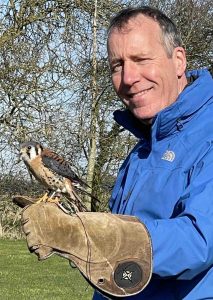
We took turns in placing a tiny strip of fish inside our fisted glove, then the instant we raised our arm the Kestrel would gracefully soar towards us, landing on our glove gratefully swallowing the scrap of food from our palm. Sadly, the kestrel got spooked by a wild buzzard that was soaring above some distant trees and flew off back to the safety of the aviaries.
After meeting the Kestrel, the next bird was much bigger, a Red Kite. We followed the same process as before, allowing the bird to sweep down onto our raised gloves, rewarded with some tasty morsel. The wing span of this bird were much larger and as it took off from my hand the backdraft of air was quite forceful. Already we’d seen how beautiful and majestic these raptors are close up.
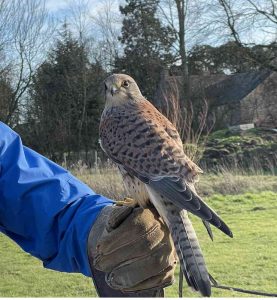
We were given demonstrations of a Harris Hawk with its huge wingspan, then the main act took the stage – a Peregrine falcon. As the falconer swung some meat on the end of a line, the falcon soared above then swept in like a fighter jet at astonishing speeds. It repeated this a few times, refining its approach until the falconer whistled indicating that the prey was ready to be taken.
This time the falcon soar high in the sky and glided in at an immense speed. The record speed recorded for a Peregrine is 240 mph, under controlled conditions, but this one was closer to the expected averages they would reach in the wild, which was still a staggering 60-80mph. All this speed was with total grace and, apart from the sound of the bell that was safely attached to the bird via a “backpack” harness, in total size silence. The bird snatched the bait in mid air, whacking it to stun it (it was already dead but in the wild this would knock another bird to the floor), before swooping around to complete its kill.
We watched other birds perform similar heroics before moving back to the aviaries where we were able to hold and admire more raptors close up.
What an informative and enthralling few hours we spent at Fens Falconry. To learn so much and get so close to these amazing birds was wonderful and something I would definitely recommend for all ages.
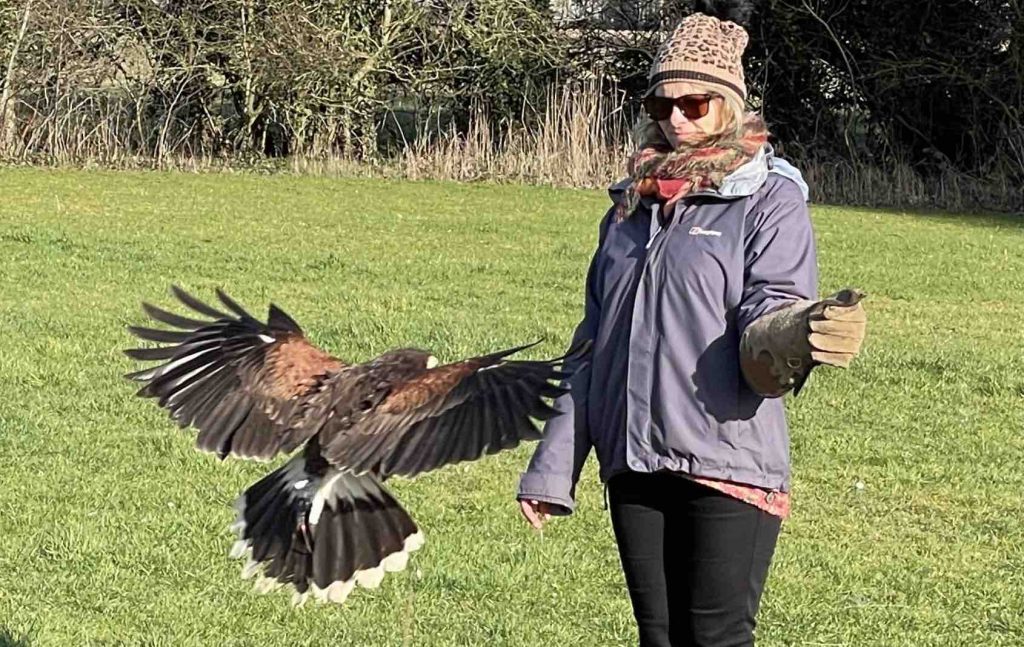
The birds are all well looked after and the ones we held and flew seemed to revel in the excitement. Some have been bred on site, others came from different aviaries, so they’re not being taken from the wild. The average life span of a bird living in the Falconry is up to double what it would be in the wild, where predators, disease, habitat change and hunger all take their toll. The owner has run the falconry for many years, ploughing in much of his own money and lots of sweat and tears to build his collection. As described earlier, the falconry is undergoing major expansion, which will include an indoor classroom for school visits etc.
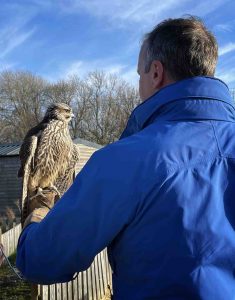 Fens Falconry can be found just off the B1169 a few minutes outside of Wisbech, close the the village if Wisbech St Mary. An experience visit like the one I had costs £60 for two people and lasts about 3 hours. There are options for private visits, courses and photography sessions available.
Fens Falconry can be found just off the B1169 a few minutes outside of Wisbech, close the the village if Wisbech St Mary. An experience visit like the one I had costs £60 for two people and lasts about 3 hours. There are options for private visits, courses and photography sessions available.
We first came across Fens Falconry during an exhibition they did at a Country Fare in Suffolk, so do visit their website to see where they will be performing during the summer.
Website: www.fensfalconry.co.uk




